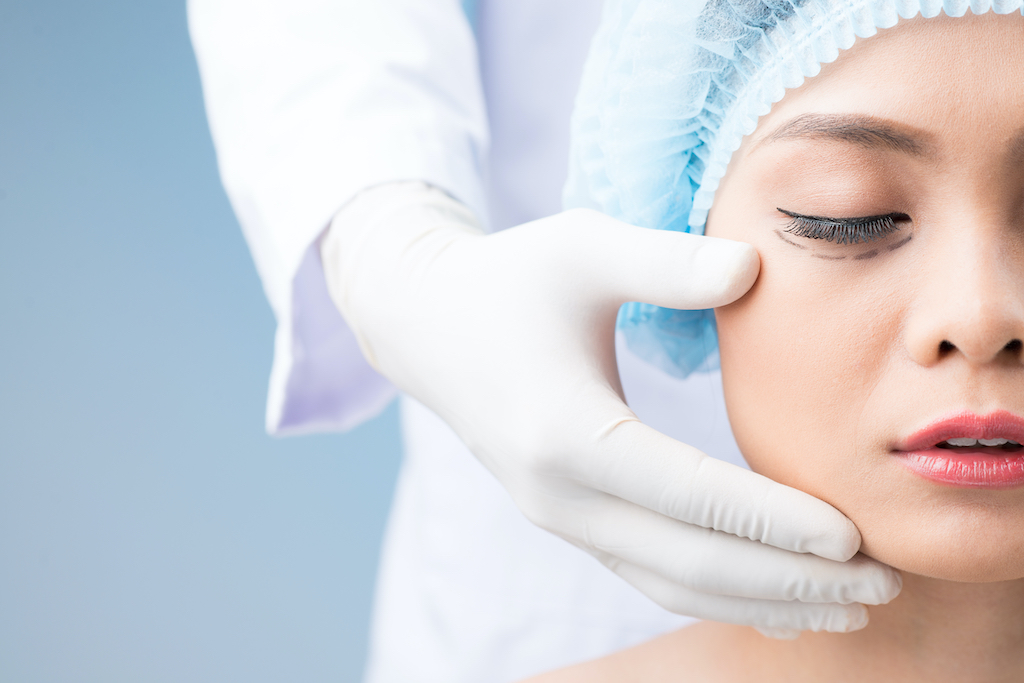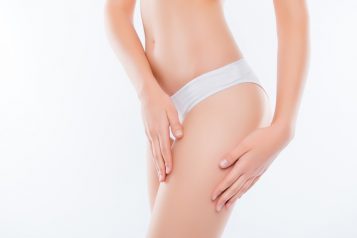Ashley Boustany, MD, contributed to this article.
Dr. Samuel Lin is a double board-certified Plastic Surgeon and Associate Professor of Surgery at Harvard Medical School who practices in Boston, Massachusetts. Dr. Lin received his Bachelor’s degree in Biomedical Engineering at Northwestern University and was enrolled in the Honors Program for Medical Education at Northwestern University, Feinberg School of Medicine, Chicago, Illinois. Dr. Lin completed a one-year fellowship appointment in Microvascular Reconstructive Surgery at the world-renowned University of Texas M.D. Anderson Cancer Center in Houston, Texas. He has also been named a Top Influencer in #PlasticSurgery. Dr. Lin is board certified by both the American Board of Plastic Surgery and the American Board of Otolaryngology-Head and Neck Surgery. Dr. Lin is board certified by two ABMS boards. He is Program Director of the BIDMC-Harvard Plastic and Reconstructive Surgery residency, and Co-Director of the Harvard Aesthetic and Reconstructive Plastic Surgery Fellowship at BIDMC. Dr. Lin was awarded the recipient of a “Mentoring Award,” by Harvard Medical School through a special nomination process which is sent out to all Harvard faculty members, house officers, fellows, and students. He has been a Boston “Top Doc” for several years in plastic surgery. Dr. Samuel Lin dishes on what to expect during facial cosmetic surgery in the age of COVID-19 and keeping our faces looking young, healthy, and bright.
 Photo Credit: Shutterstock
Photo Credit: Shutterstock
“I can do anything for 2 months,” was the common statement as we embarked on the COVID quarantine in mid-March. Temporarily spending time away from loved ones, short term work at home orders, and wearing masks seemed completely palatable to some. However, as we approach month six in this ‘new normal’, we are realizing our social lifestyles will be altered for the indefinite future with no end in sight. Could we possibly expose a silver lining during these uncertain times? Perhaps a distraction from the unknown to focus our personal health and well-being is in order.
Masks and facial coverings have become the latest essential accessory, leaving only the eyes and forehead exposed. Has optimizing the upper facial third has become more of a focus in the aesthetic world? Clearly our smartphone and selfie culture has changed focus on ourselves. Instead of deciding which part of the face to treat first, the answer is now more transparent.
Forehead rejuvenation often starts with improving skin quality and fine lines in our 20s and 30s. A standard treatment plan consists of gentle cleansers to rid bacteria that can contribute to premature aging and cleanse pores. The incorporation of a topical retinoid is crucial and clearly scientifically proven to improve skin quality. Retinoids thicken collagen, improve fine lines, and reduce brown spots for a more even skin tone. In general, brown spots fade over 6 to 8 weeks and fine lines decrease after 3 to 6 months of use. There may an adjustment period when first starting a retinoid, so it is important to have a physician consultation. An effective moisturizer and sunscreen are also essential to maintain skin quality. As we age our skin becomes dehydrated and must be replenished to obliterate the developing wrinkles. Drinking plenty of water and morning and evening moisturizer application cannot be overstated. Skin damage from the sun can also never be completely retracted, so starting now everyone should be using at least a daily SPF 30.
After forehead skin is optimized, botulinum toxin (e.g. Botox, Dysport) offers an extremely effective adjunct to improve wrinkles and smooth the skin for a pleasing aesthetic. The injections can be done in a quick office visit, with the effect lasting 3 to 4 months in general. Every patient is unique so the duration may vary. Botulinum toxin can not only treat the forehead rhytids, but also the fine line around your eyes. Treating them early can prevent them from becoming permanent fixtures.
 Photo Credit: Shuttterstock
Photo Credit: Shuttterstock
The ideal eyebrow aesthetic aligns with a vertical line from the side of your nostril and a slanted line from the lateral canthus. The medial brow starts at the bony rim and arches above the bone laterally. In males, the brow is usually less peaked and lower in position. As we age, the brow drops with gravity. Surgically repositioning the brow can have a profound impact on your overall appearance and may also improve the visual field. There are several outpatient procedures that help accomplish these goals. A thorough consultation with a board-certified plastic surgeon is essential prior to embark on the interventions.
The eyelids also can droop over time and may also affect your visual field. The most effective and reliable procedure to treat eyelid drooping is referred to as blepharoplasty. This is a surgical procedure that can often be done in the clinic setting and has a high patient satisfaction rate. The eyelids may also be treated with laser skin tightening, chemical peels, and topical creams depending on specific patient needs.
Mask-era aesthetics will likely rapidly expand as we find new ways to re-join society in a safe and healthy manner. There are ways to maintain optimism and re-build from this unique situation, we just have to share them! Change is the only constant.
For more information, visit Dr. Brian A. Levine's social media:

























